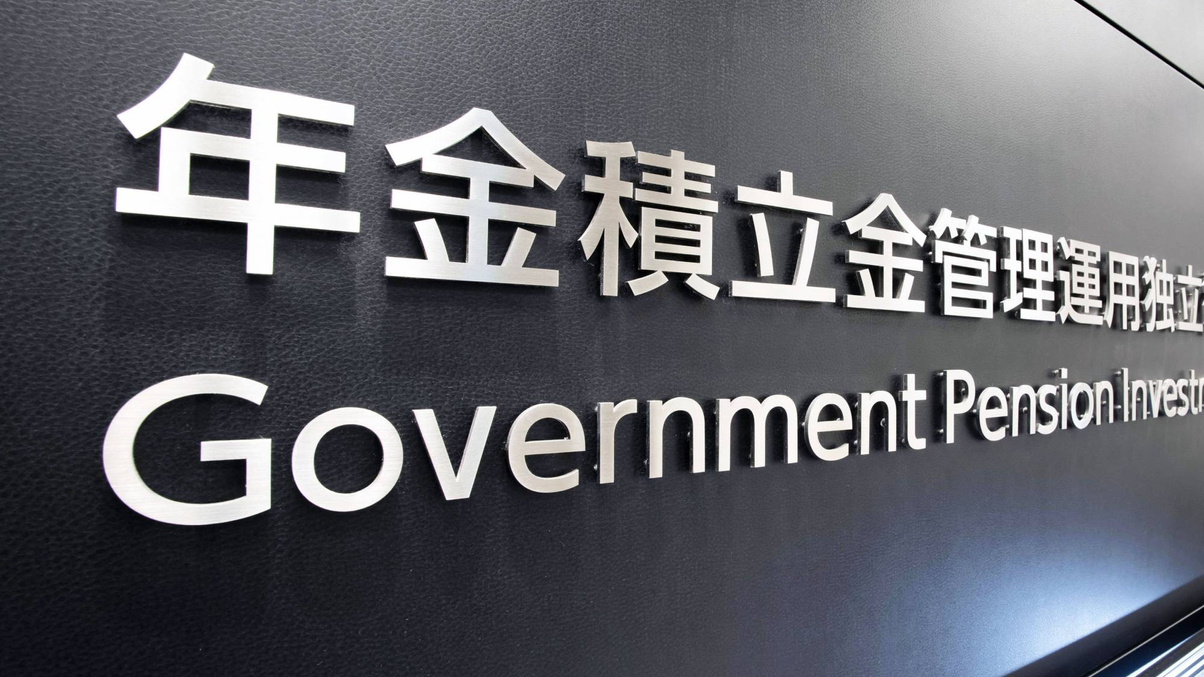Japanese equities save the day for GPIF as fund shifts to bonds in Q2
Recording the worst quarterly investment return since April last year, the world’s largest pension fund was a net seller of equities in the second quarter.

Japan’s Government Pension Investment Fund (GPIF) recorded an investment return of just 0.98% in the second quarter ended September - the worst since last April - in quarterly results that would have been even worse if not for the comeback of Japanese equities.
Sign in to read on!
Registered users get 2 free articles in 30 days.
Subscribers have full unlimited access to AsianInvestor
Not signed up? New users get 2 free articles per month, plus a 7-day unlimited free trial.
¬ Haymarket Media Limited. All rights reserved.


